I tried a one-minute plank everyday for a week – here’s what happened to my core strength and stability
A plank challenge is always a good idea.
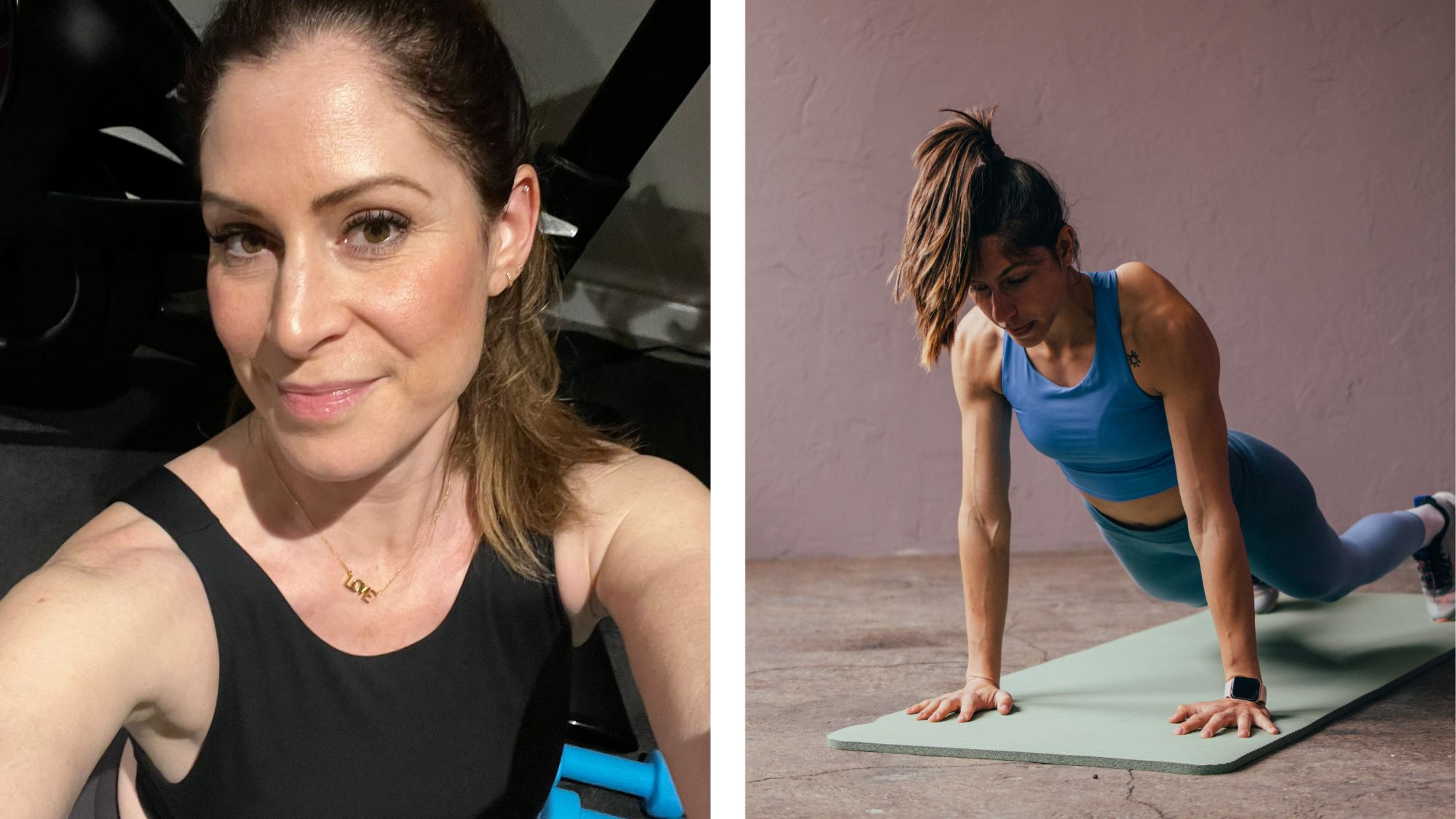

Another week, another fitness challenge. If you've read about my experiences with a week of bodyweight lunges and bodyweight squats, you'll know I'm no stranger to a good old week-long tester, and this time, I’m attempting a one-minute plank everyday for a week.
Why a plank challenge, you might ask? Well, having side-stepped the hype of the plank challenge at its peak (I’m a little late to the party on this one) and learning more about its myriad of benefits, I was intrigued to give it a go. Despite regular weight training, my upper body strength is, let’s say, a work in progress, so I'm keen to see if I can improve this in the course of a week. Plus, a more defined and strong core wouldn't go amiss.
I’ll level with you - while I'm well acquainted with the plank, it's not my favourite move. But phrase anything as a challenge and I'll suddenly want to do it (competitive, me?). As a Health Writer and self-proclaimed fitness junkie, I’ve held many a forearm and high plank in my time. That said, I’ve never really stopped to consider exactly why they’re such an integral part of any respectable strength training routine (possibly because I’ve been too busy focussing on when I can just stop planking).
And you know what? I was seriously impressed (and slightly intimidated) when I learned that a simple plank engages multiple muscles across the abdomen, back, shoulders, arms and glutes. It's the very definition of a full-body move, and even better, it's an excellent low-impact strength training move, so it's bang on trend, too.
Knowing it was high time I gave it a go, I embarked on my week-long challenge. Read on to find out how I got on. Plus, don't miss how Marie Claire UK's Senior Health Editor Ally Head got on with strength training every other day, plus our guides to strength training for beginners and strength training at home.
I tried a one-minute plank everyday for a week – here’s how I got on
What is a plank?
First things first: what is a plank? For the uninitiated, a plank is a relatively straightforward isometric exercise that packs a real punch.
“A plank is a foundational bodyweight exercise that targets the core muscles,” explains personal trainer and founder of The Fun Fitness Coach, Paige Verity Davis. “It involves maintaining a position similar to the top of a push-up, with the body held in a straight line from head to heels. The arms are extended, supporting the body weight, while the core muscles, including the abdominals, obliques, and lower back, engage to stabilise the spine and pelvis.” Still not sure? Just imagine you’re pushing the floor away with your hands and feet.
Marie Claire Newsletter
Celebrity news, beauty, fashion advice, and fascinating features, delivered straight to your inbox!
So far, so simple – and you'll be getting plenty of bang for your workout buck, too, as the humble plank utilises a range of different muscle groups at the same time. Simple, effective and full body? Consider me sold.
What are the benefits of a plank?
Love them or loathe them, the benefits of a humble plank are undeniable. Research (such as this study, published in the Journal of Sports Science & Medicine) shows that plank exercises are effective for strengthening not only the superficial core muscles (more commonly thought of as our "abs"), but also the deep core muscles (the transverse abdominis, pelvic floor and diaphragm, among others) as well – which are essential for strength, stability and control.
“The main benefits of a plank are to build a strong and stable core - the core being the entire belt around our midriff,” explains personal trainer Tej Patel. “One of the best isometric exercises to target the abdominal muscles, planks also improve posture as you engage those stabilising muscles, build shoulder strength, and strengthen the lower back and glutes. Further studies show that it can be an effective lower back pain exercise, too.”
You'll likely know this,m but a strong core is about so much more than aesthetics. “This part of our body is essential to good and functional movement in daily life as well as to improve sports and health performance too,” agrees Patel. “Having a strong core will make even simple things, like gardening and hoovering, feel easier.”
Need more convincing? If, like me, you’re competitively-minded, a plank is the perfect way to challenge yourself. It’s easy to measure your progress, whether that’s holding for more time or adding a variation - and nothing is as motivating as realising you’re improving. And if you’re not a fan of crunches (however hard I try, my neck just doesn’t like them) – a plank is a great alternative.
How to perform a plank with proper form
Ready to give it a try? Like any other strength-based exercise, it’s imperative to nail your form when planking to prevent injury, but also to gain maximum benefits from the move.
If you are new to planking, personal trainer Kirsten Whitehouse recommends following these steps for proper form:
- Start by lying on your front with your elbows underneath your shoulders (for stability) and your palms on the floor in front of you. Keep your eyes on your fingertips to achieve a neutral spine position.
- Next, tuck your toes under and straighten one leg by lifting one knee off the floor. Shift your weight onto your elbows and toes, now lift the other knee off the floor. If you struggle with this step because you are sliding backwards or collapsing onto the floor, use a wall to push your feet against initially - remember, we are looking for solid stability.
- Once you have lifted all but your forearms and toes off the floor, tuck your pelvis under - this should feel like you’re pulling your belly button in.
- Keep your core engaged the entire time, by squeezing it and pushing your hips slightly upward. Hold for as long as you can!
I tried a one-minute plank everyday for a week – here are my thoughts
Days one to three
Happy I knew how to perform the move correctly, I sailed into day one with my confidence high, and right off the back of a (fairly brutal) Barre strength class. And surprise, surprise – it was so much harder than I’d anticipated. Maybe it was the fact that I’d done some serious strength training already that day, or perhaps it was clock-watching-induced anxiety but never has one minute gone by so slowly before. Just over ten seconds in, my arms were shaking and I was starting to sweat –safe to say, not what I’d expected.
But I reminded myself that I can do hard things – especially if it only lasts for a minute. Suffice to say, I was more than grateful to crash onto my mat when the 60 seconds was up.
Day two and I decided to tackle my plank first thing, hopeful that my arms would have regained some much-needed strength overnight, and you know what? It really did feel a little easier. Note to self: don’t workout arms to failure beforehand. Interestingly, I was aware of my abdominals switching on in a way that I hadn’t noticed before – paying that little bit more attention to my form felt like I’d levelled up. Halfway through, my arms were shaking and I only held on through sheer determination. Was it ever going to get any easier?
On day three I realised that what I was actually experiencing was time slowing down – yep, one minute of planking is officially longer than one minute of doing pretty much anything else. The seconds ticked by agonisingly slowly, and I really had to dig deep and remind myself of those benefits. That said, it did feel slightly less brutal than days one and two. My abs felt a little sore, too – proof that I was engaging my muscles properly (you can’t argue with DOMS, right?).
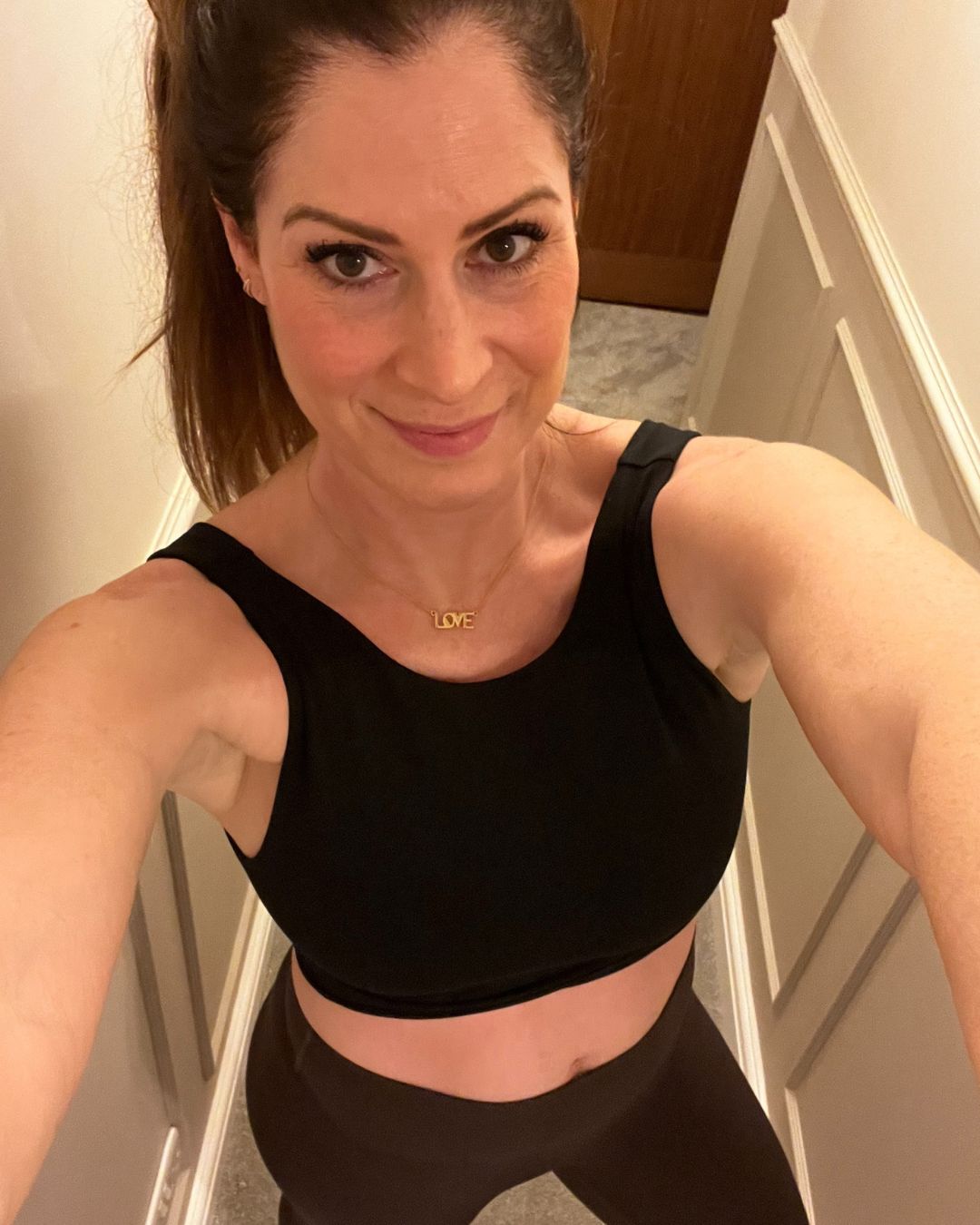
Anna during her plank challenge.
Days four to seven
Day four, and I really felt like I had cracked it. I rocked happily forwards and backwards on my forearms, even dipping my hips from side to side for a little variety – inwardly congratulating myself on my progress. I was crushing it. I decided to do a little reading around the subject and, well, you know what they say – pride comes before a fall. I’d (wrongly) assumed that I was finding it easier because I was getting stronger, but it turns out that all my little tweaks were actually giving my muscles a little mini-break. Reluctantly, I went back to my original static hold.
By the end of the challenge, I was cockily thinking about adding some time onto my plank – a bold move, but it’s good to push ourselves, right? Having heard of people holding the pose for five and even ten minutes, I was ready for a step up. Rather than risk overdoing it, I turned to the experts for advice – was I being over-ambitious?
“How long to hold a plank for is a really individual thing and will differ from person to person,” advises Whitehouse. “If you want to level up, hold for as long as you possibly can and then hold for around one to three seconds more. This is how we slowly build up strength and force our muscles (and mindset) to adapt and get stronger.”
Ever competitive, I decided to try and add five seconds on, and I was nothing short of elated when I managed a 70-second hold on day six.
As the week draws to a close, I can’t say I’m disappointed to almost be done with my plank challenge. I’m way more motivated by more dynamic activities, and, being honest, I haven’t noticed that I feel too much stronger, but maybe a week isn’t quite long enough for that. That said, now I’m aware of the benefits of a plank and I’ve got my form down, I’ll definitely be building them into my regular routine – just not every day.
Shop MC UK's go-to workout kit:
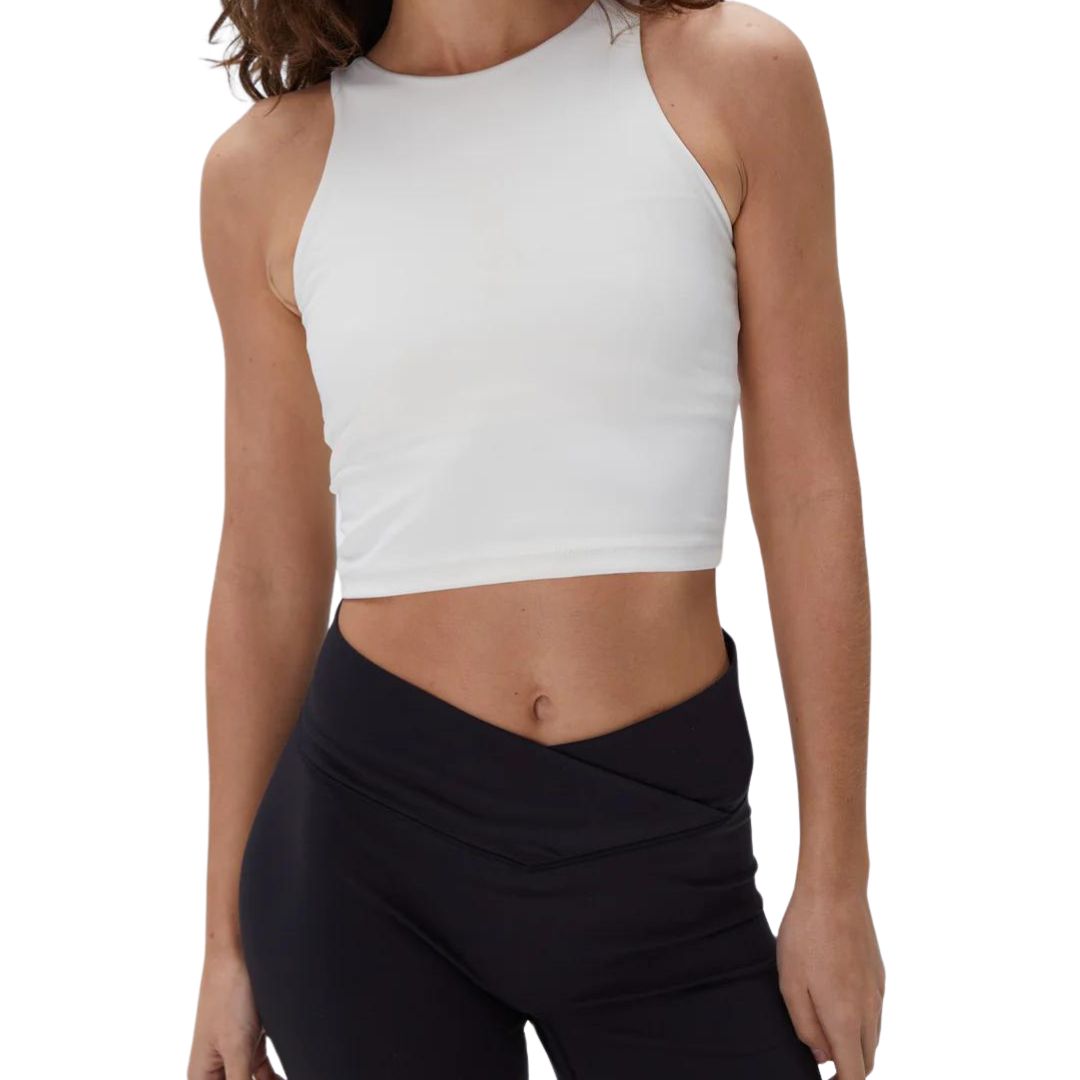
Perfect for strength training, this medium support bra is a best seller for a reason. Supportive, butter-soft and with gentle compression, you'll look as great as you feel.
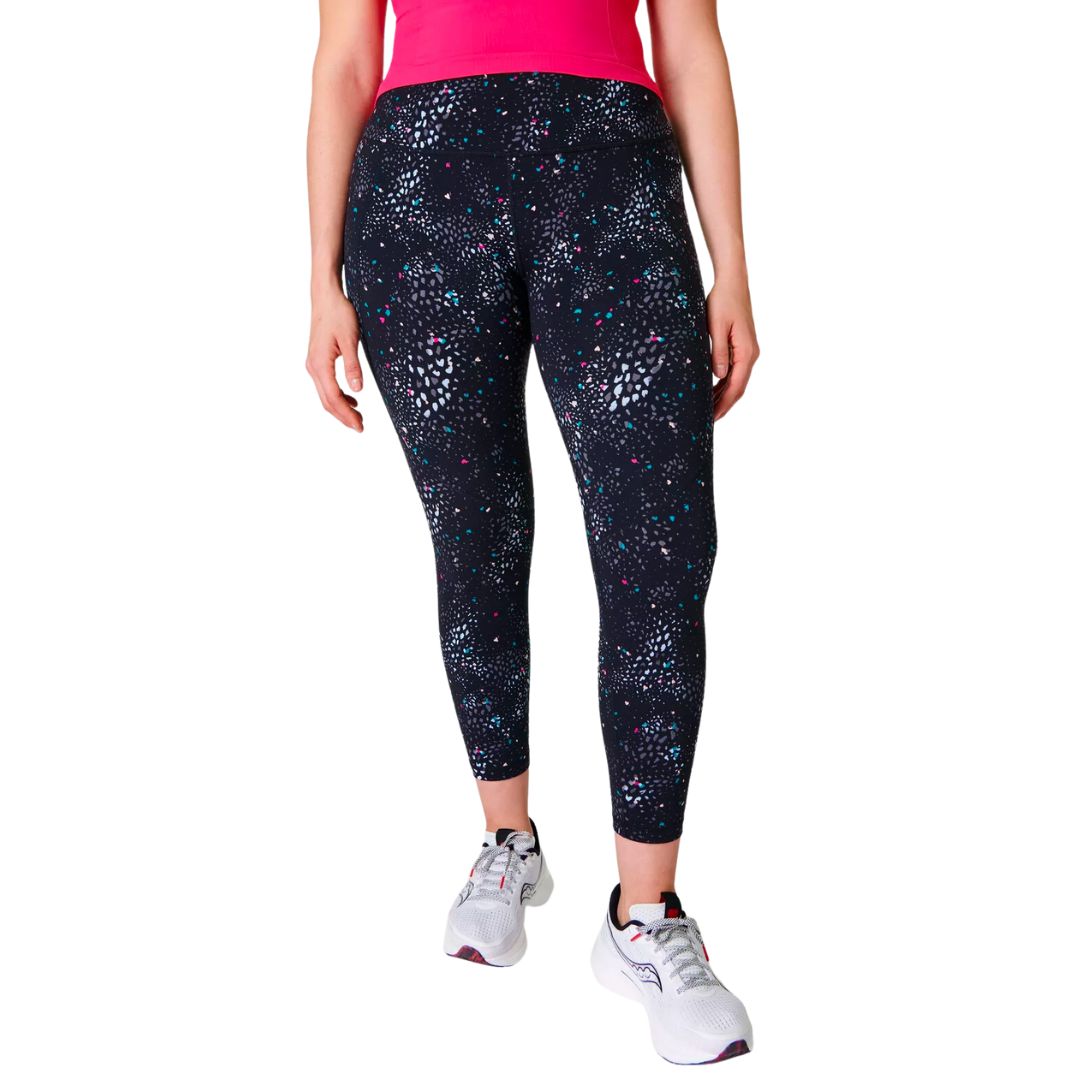
You can't go far wrong with a pair of Sweaty Betty gym leggings - a personal favourite, the 7/8th length is perfect for those of us with short stature. And the striking blue animal print? It's a yes from us.

The trusty sweatshirt's popularity shows no signs of waning, and in this hot pink beauty you'll be bang on trend - whether you're cooling down after a workout or simply slouching at home.
What happens if I plank everyday for a week?
Short answer - results will vary from person to person, fitness level to fitness level. Similarly, if you're planking with incorrect form, you'll only risk injury rather than boost fitness.
That said, as personal trainer Tej Patel points out, the benefits of planking regularly are myriad, with the humble move promising to build your core strength, target your abdominal muscles, improve posture and build shoulder, lower back and glute strength.

Anna Bartter is a freelance journalist who writes about health, fitness and women's lifestyle for publications including Stylist, Metro and Psychologies, among others.
She's always on a quest to find a variety of fun and functional workouts that give you the most bang for your workout buck and she's passionate about championing movement for everyone's mental and physical wellbeing.
-
 Prince Harry reportedly extended an 'olive branch' to Kate and William on latest UK trip
Prince Harry reportedly extended an 'olive branch' to Kate and William on latest UK tripBig if true
By Iris Goldsztajn
-
 How Prime Video is protecting Blake Lively amid her new movie promo
How Prime Video is protecting Blake Lively amid her new movie promoAn understandable move
By Iris Goldsztajn
-
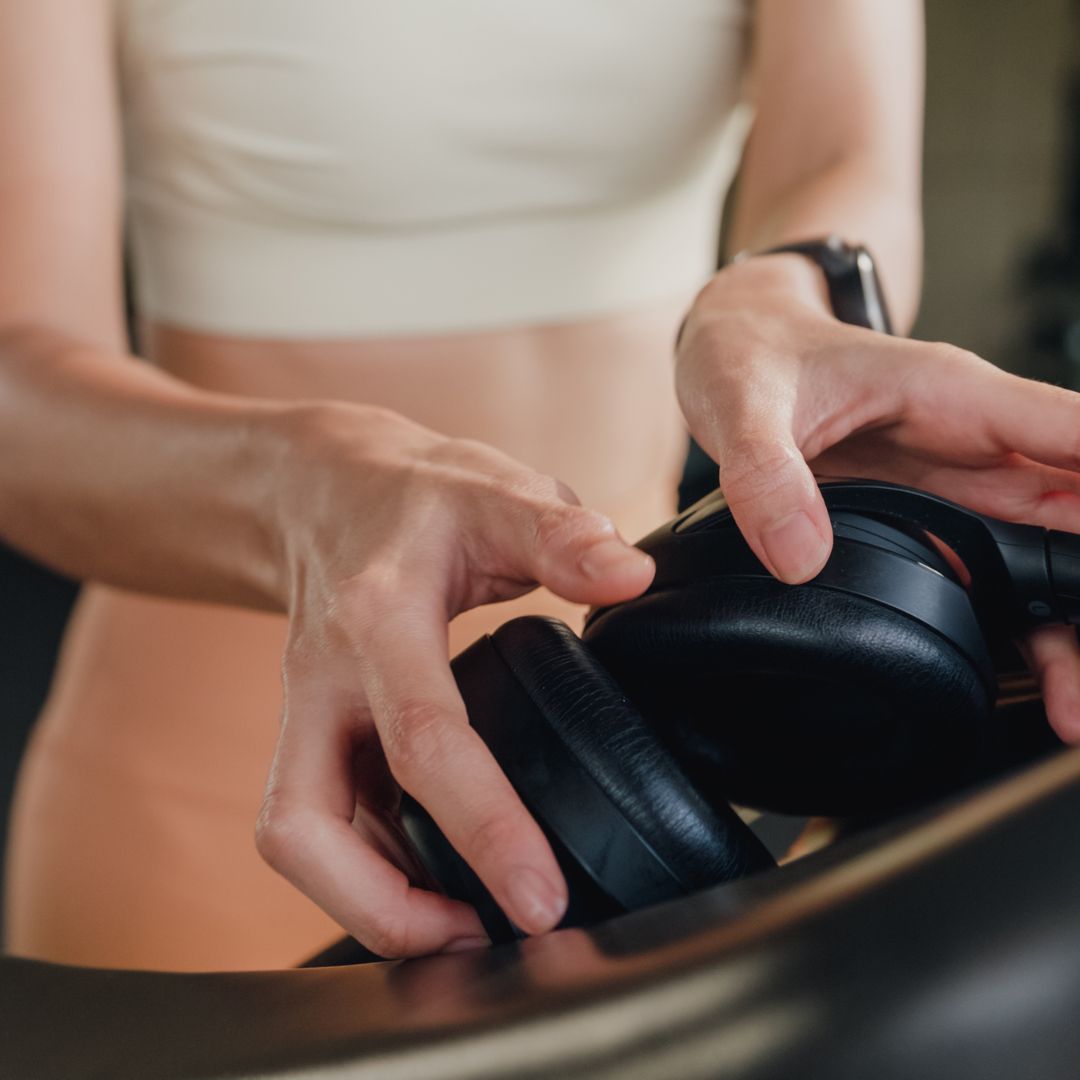 It's the must-have bit of fit kit of the year - a fitness expert shares their top 5 tips for choosing a walking pad
It's the must-have bit of fit kit of the year - a fitness expert shares their top 5 tips for choosing a walking padThis year's fitness must-buy.
By Katie Sims
-
 It's the must-have bit of fit kit of the year - a fitness expert shares their 5 top tips for choosing a walking pad
It's the must-have bit of fit kit of the year - a fitness expert shares their 5 top tips for choosing a walking padThis year's fitness must-buy.
By Katie Sims
-
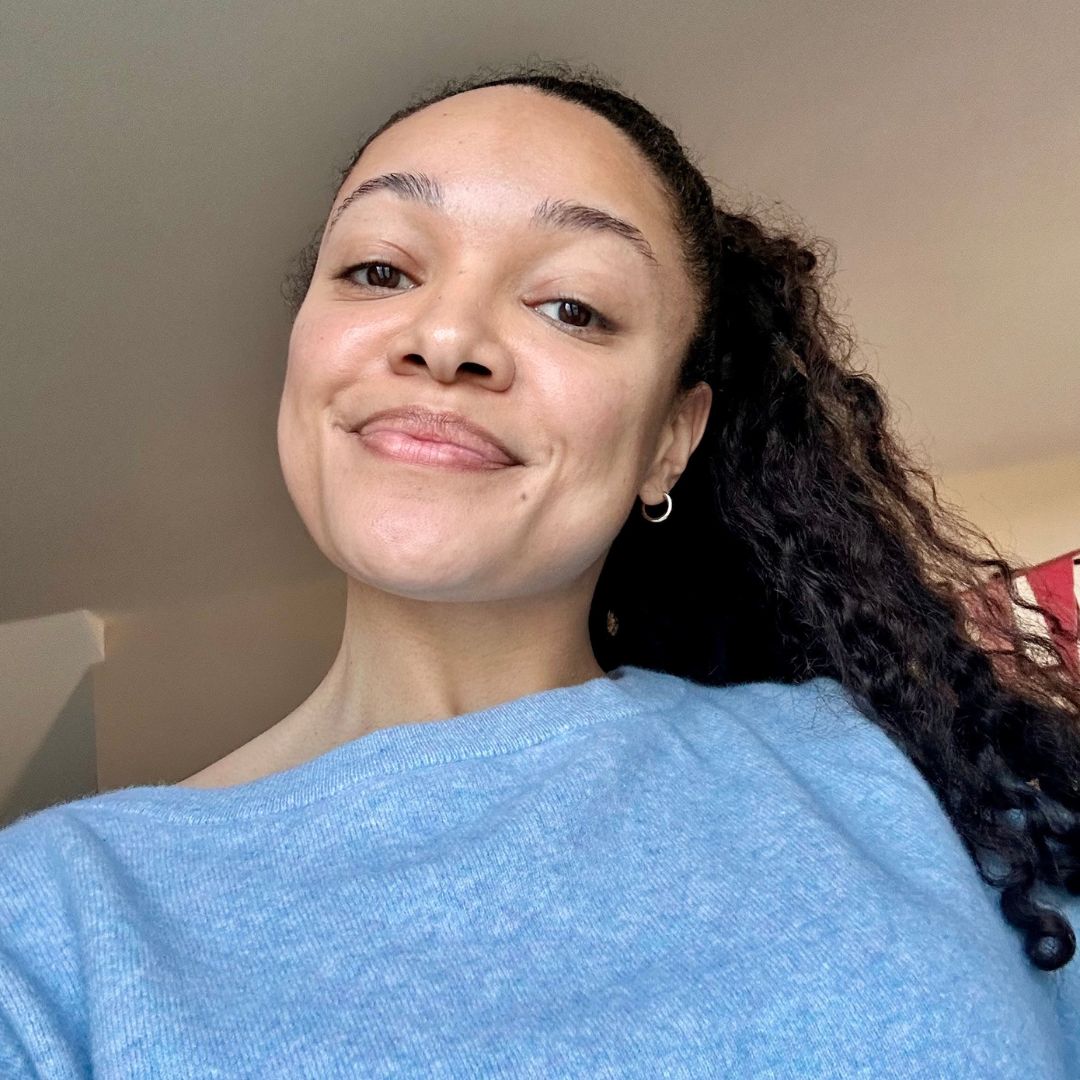 I tried Pilates roll-downs every day for a week - and was amazed at how quickly it eased years of stiffness
I tried Pilates roll-downs every day for a week - and was amazed at how quickly it eased years of stiffnessConsider my spine more mobile than before.
By Rebecca Shepherd
-
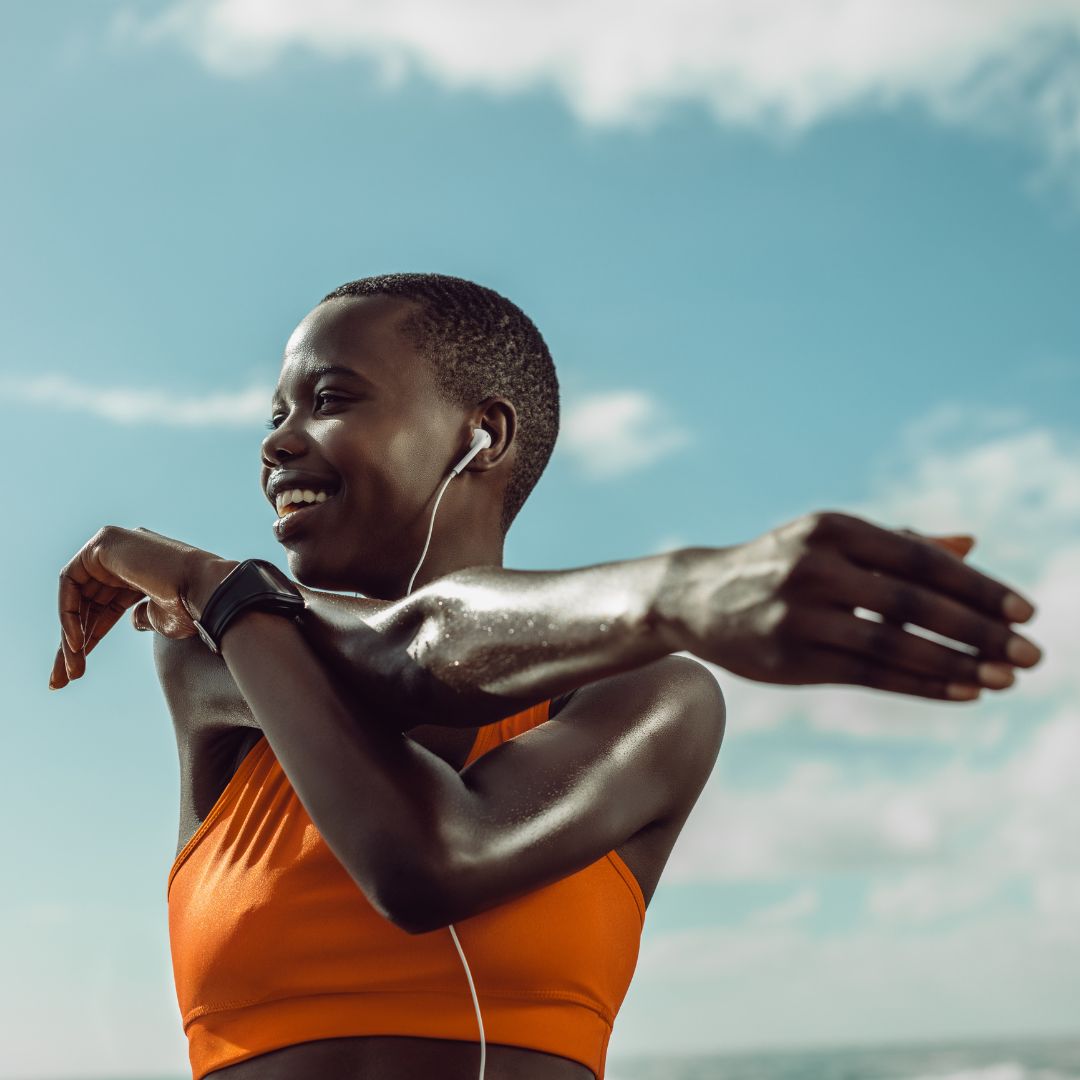 Spring has finally sprung - 6 best outdoor workouts that are totally free and boost both body and mind
Spring has finally sprung - 6 best outdoor workouts that are totally free and boost both body and mindSoak in the nature and boost Vitamin D *and* endorphins.
By Anna Bartter
-
 Fan of low-impact sessions? These are officially the 7 best Pilates apps for boosting strength, tone and mood
Fan of low-impact sessions? These are officially the 7 best Pilates apps for boosting strength, tone and moodYou can thank us later.
By Katie Sims
-
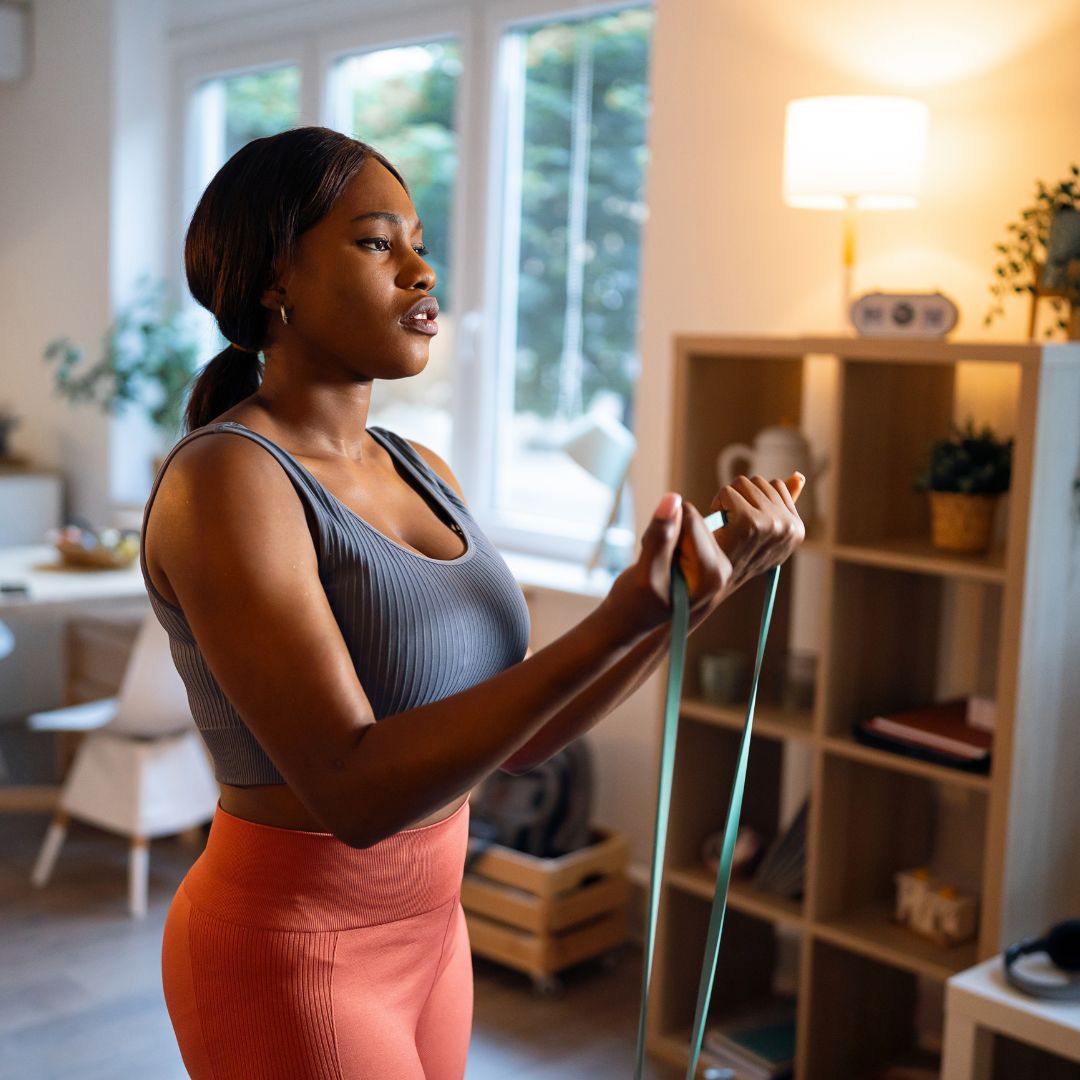 Eager to get strong from home? 6 advanced resistance band full body workouts that'll boost tone, balance and flexibility
Eager to get strong from home? 6 advanced resistance band full body workouts that'll boost tone, balance and flexibilityYes, you can get strong without weights.
By Anna Bartter
-
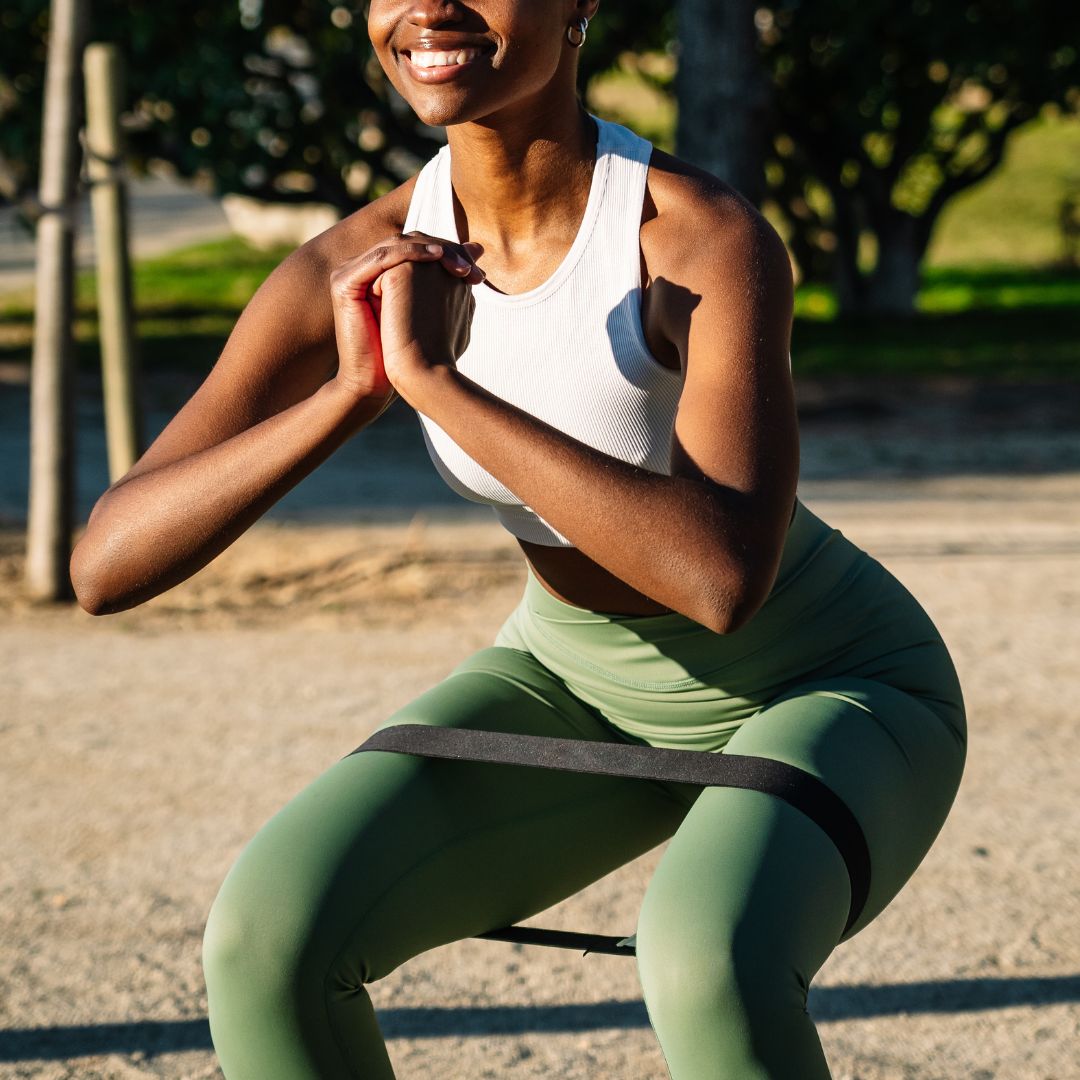 Loving your home workouts this year? 5 best YouTube resistance band workouts that are free *and* effective
Loving your home workouts this year? 5 best YouTube resistance band workouts that are free *and* effectiveSave these for later.
By Anna Bartter
-
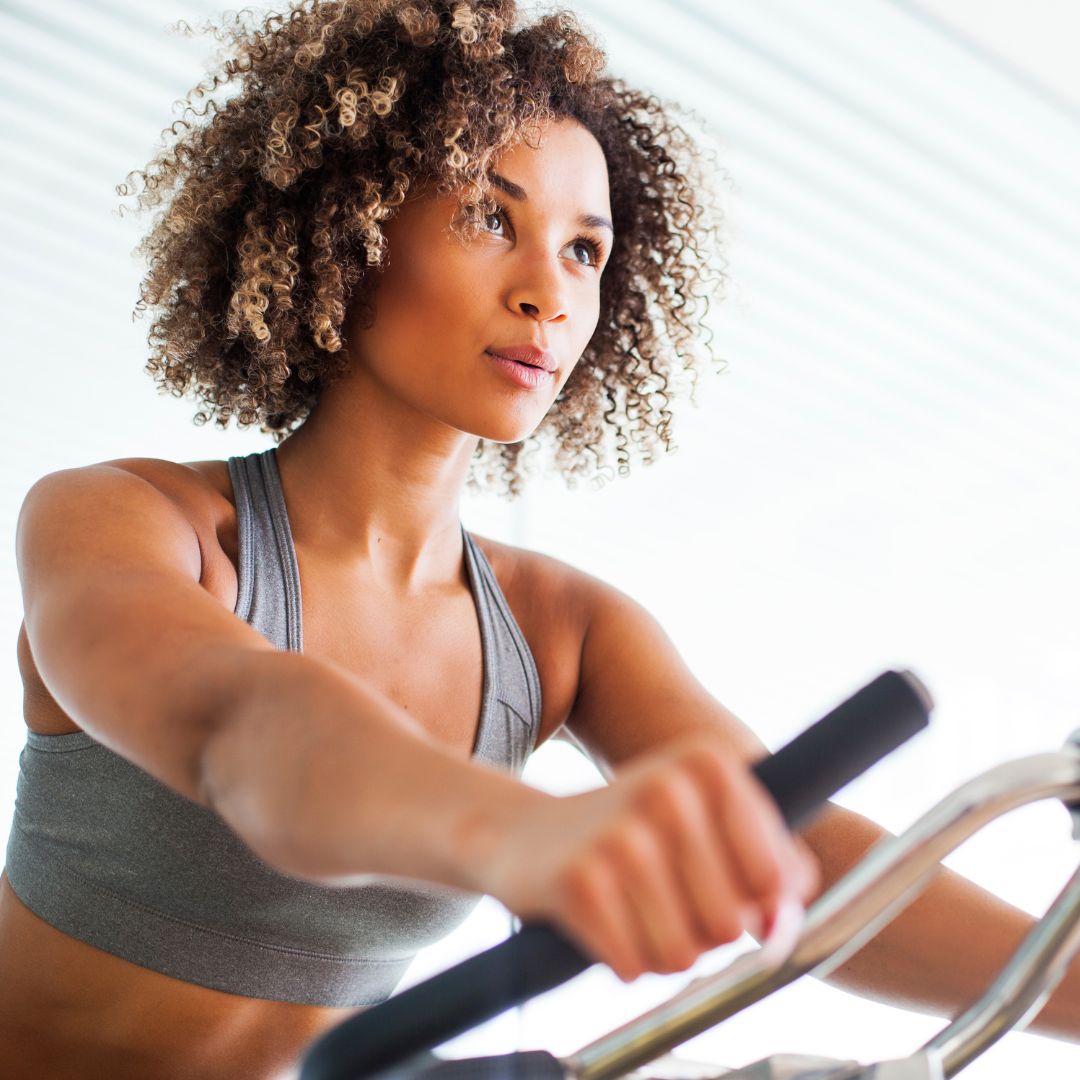 Experts are calling the 4-2-1 method one of the most effective fitness routines you can do, period - so, is it?
Experts are calling the 4-2-1 method one of the most effective fitness routines you can do, period - so, is it?Your need-to-knows.
By Katie Sims
-
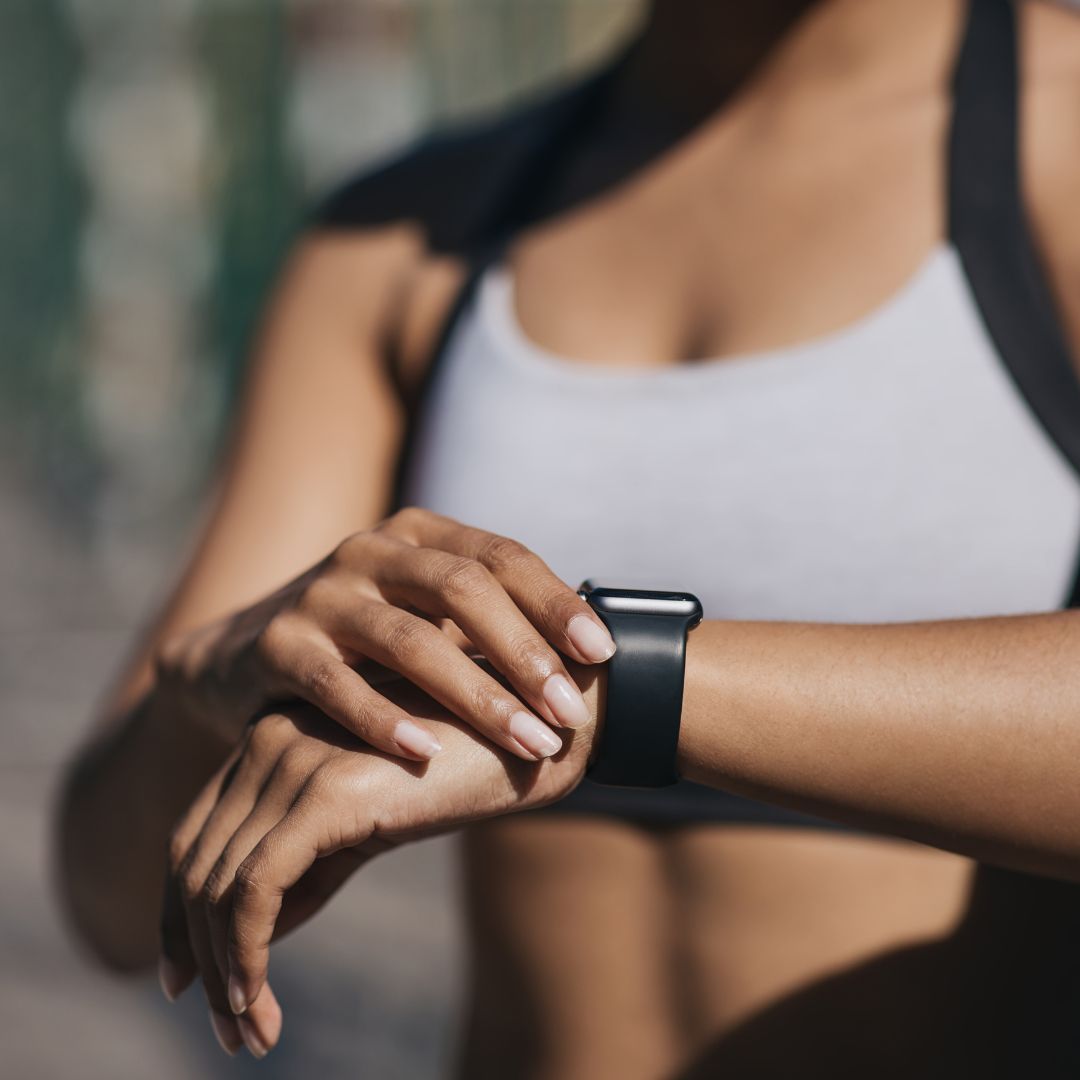 Still finding it too cold to exercise outside? 7 best advanced home workouts to boost muscle and endurance
Still finding it too cold to exercise outside? 7 best advanced home workouts to boost muscle and enduranceBecause home workouts aren't just for beginners.
By Anna Bartter
